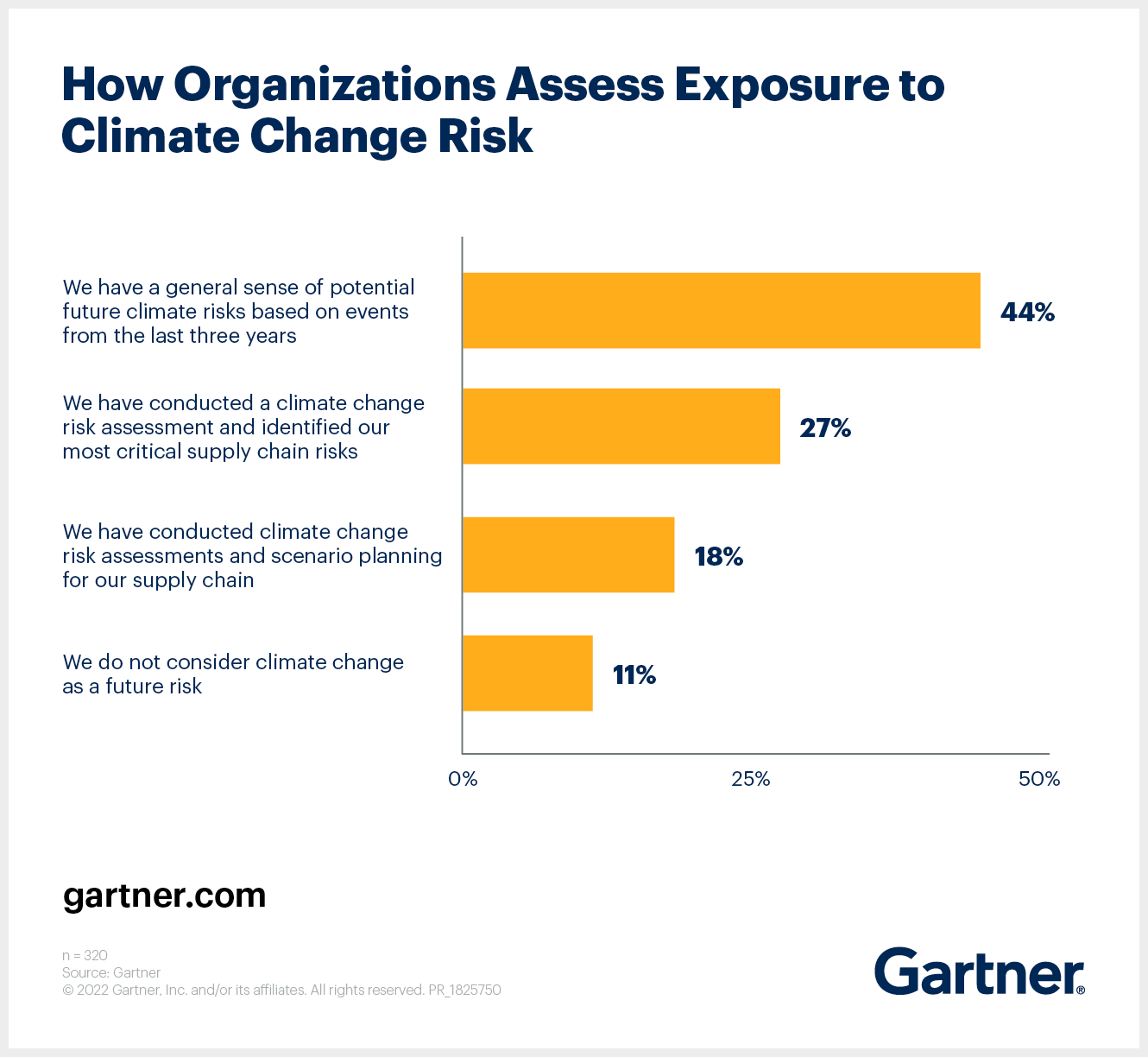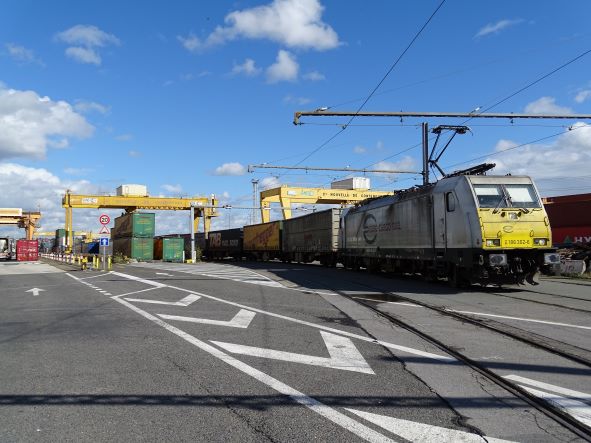The Walbusch Group has taken a decisive step forward in modernising its infrastructure as well as IT applications: Since the end of 2021, the Solingen-based company has been using Setlog‘s cloud-based SCM software OSCA DC (Digital Core) to gain transparency and improve management, collaboration, and communication in the supply chain.
What makes it special: Walbusch is the first Setlog customer to rely on the new standard product version of OSCA. This means that the processes of the Walbusch, Avena and Mey&Edlich brands were adapted to best practice workflows from OSCA – and not vice versa. This way, the group bypassed costly, customer-specific adjustments in the OSCA SCM software. The advantage: Above all, in addition to costs, the company saved time. Less than six months passed from the initial contact to the software’s go-live.
“We definitely wanted to avoid customer-specific adaptations and were able to bring transparency to the supply chain within a few months with the new software generation. We can inform our most important suppliers of changes in real time via a single tool. Emails, phone calls, and Excel spreadsheets are now a thing of the past,” reports Ralf Seggering, Head of IT and member of the management team at Walbusch.
Currently, the main suppliers are integrated into the system. In addition to other suppliers, forwarding agents of the Walbusch Group will also be connected to the software. “We are convinced that the Walbusch example will set a precedent – also in other industries. Because in volatile times, there is no alternative to an agile, digital value chain. The digital supply chain based on OSCA is based on three values: simplicity, transparency, and control,” emphasises Guido Brackelsberg, member of the board of Setlog.
According to IT project manager Thomas Betzhold, the user-friendliness, the attractive best-practice offering and Setlog’s SCM expertise in the fashion industry tipped the scales in favour of the Bochum-based software provider when it came to selecting a system. “We are convinced that OSCA’s new software generation is also a very good prerequisite for the migration project of the Ravenna-Park logistics center,” says Betzhold.
Background
Christian Busch, majority shareholder of Walbusch, acquired the logistics centre from Gerry Weber in 2021. Since then, planning has been underway for the integration of the large-scale facility in Halle/Westphalia.
Whether men’s shirts, women’s blouses, or outdoor jackets: Walbusch offers a wide range of goods online as well as in its 42 stores and through other channels. The articles are mostly produced in Europe, but also in the Far East. They are stored centrally in Solingen in a distribution centre with more than 350,000 storage locations. Walbusch transmits orders to its suppliers from the ERP system via OSCA. The SCM software acts as a central communication and processing tool in the supply chain. The software is used for numerous purposes – including:
the placement of purchase orders
monitoring, controlling, and tracking of orders
as a network between customer, supplier, carrier, and warehouse locations
for digital collaboration
for managing delivery parameters such as timing and mode of transport
and as a database for important documents such as customs-related paperwork.
A KPI dashboard visualises key metrics for employees working with the solution. As soon as delivery data changes, all partners in the supply chain are informed simultaneously. More than three million shipments will pass through the system each year.
Ralf Seggering is very satisfied with the progress of the project so far: “It was a prime example of agile project work and a blueprint for our IT strategy: we are modernizing our entire IT infrastructure based on our own ERP core and department-specific best-of-breed solutions.”
Seggering is already planning further steps in IT. The OSCA CSR (Corporate Social Responsibility) module is also being considered for the future. The company, with its more than 1,000 employees, will be well prepared for the implementation of the new German Supply Chain Due Diligence Law, which will come into force in 2023, says the IT division manager.











